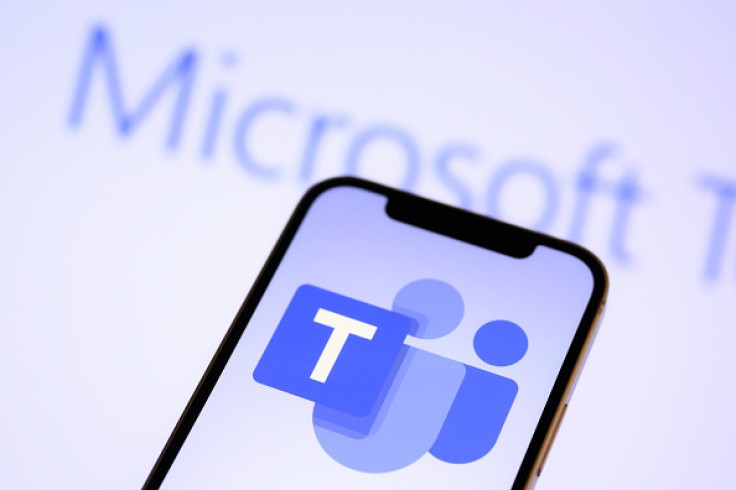Microsoft Teams is used by a lot of offices to conduct work, and most of them don't exactly have computers that can handle too much memory usage. With that said, Teams might cause the PCs to slow down or freeze, but that will no longer be the case with the new update.

Microsoft Teams Rebuilt
Microsoft finally rewrote Teams so it would be able to run without putting your computer on life support. The updated version will be available for both Windows and macOS devices. The latest release now has support for third-party apps as well as other features.
With the renewed version, Teams will be using the software giant's own Edge WebView2 backend as opposed to the Electron framework. With that said the productivity software will be using half the memory it used and run more smoothly.
As reported by Ars Technica, the reason it would work better, especially for Windows users, is because WebView2 could use several of the same system files and the same runtime as the Edge browser that's already integrated with both Windows 10 and 11.
With the Electron framework, apps have their own self-contained versions of browser files which are all stored and updated individually, which calls for more disk space needs. Other apps like Slack and Discord still use the same framework.
Since the software running smoothly relies on Microsoft's built-in Edge files for WebView2, macOS devices will not have the same benefit. It will still need to update its apps separately just as it did with the Electron framework.
On the bright side, the new Teams version will still run better, just not at the same capacity as Windows. Microsoft says that Macs will now be able to switch channels faster, will have improved scrolling performance, and "more efficient use of device resources."
In order to switch to the new version, all a user has to do is head to the toggle in the upper-left corner of the Teams app. Reports say that those who use the current Teams software will get the upgrade in the coming months.
Teams Has Also Added Spatial Audio
In case you missed it, Microsoft also added a feature to Teams back in early August that let users improve communication through spatial audio. The feature is meant to mimic the sound of in-person conversations to "reduce meeting fatigue.
Spatial audio will align the perceived audio location of the participants in the video call during their video presentations, which could make it easier for listeners to track who's presenting at the moment. This would fit well for scenarios where more than one person is speaking at the same time.
To enable spatial audio, head to the settings of your computer and click on Devices. From there, you can turn on spatial audio. It's important to note that only certain devices as capable of spatial audio output such as wired headsets or stereo-capable laptops.
Due to protocol limitations, Bluetooth devices are not compatible with the feature, with the exception of next-generation LE Audio and stereo-enabled Bluetooth devices.









